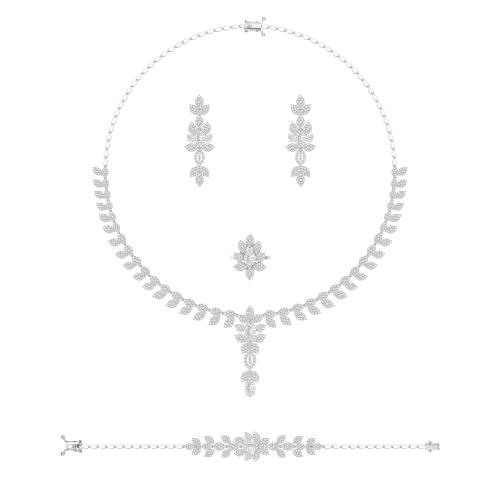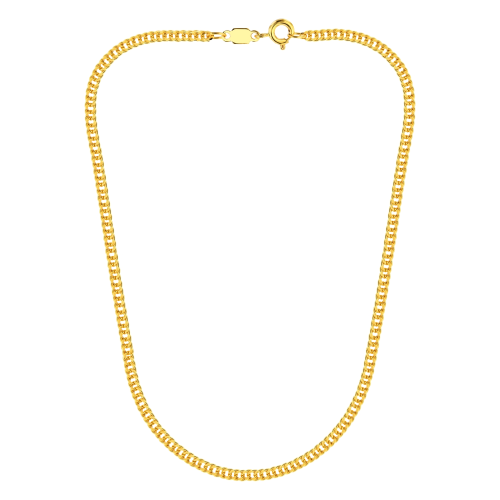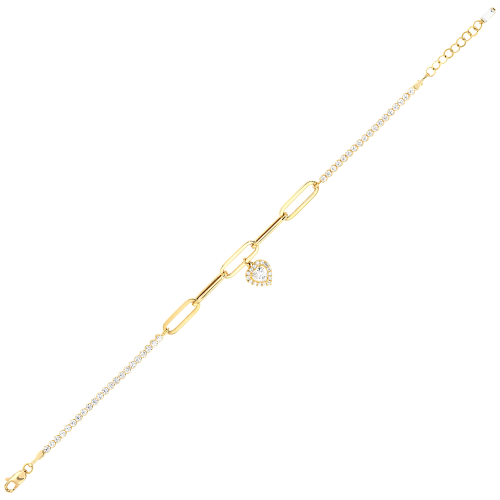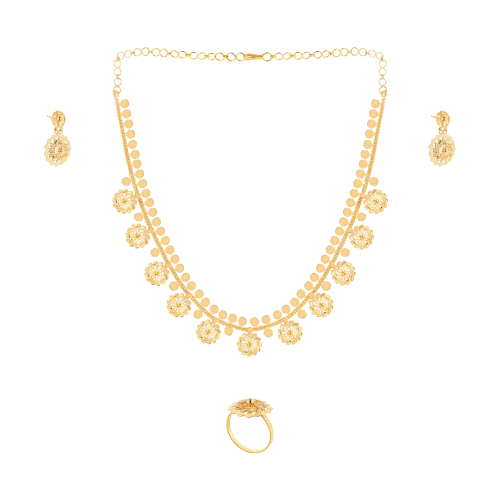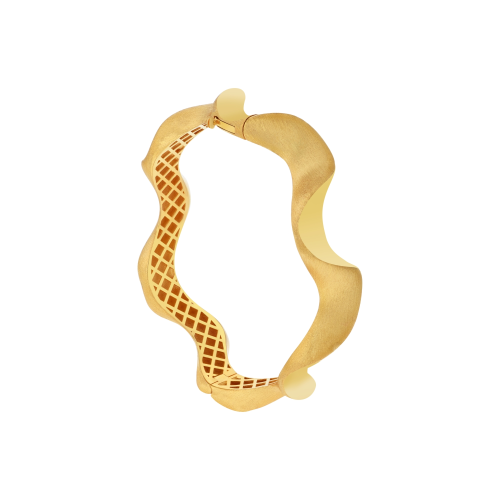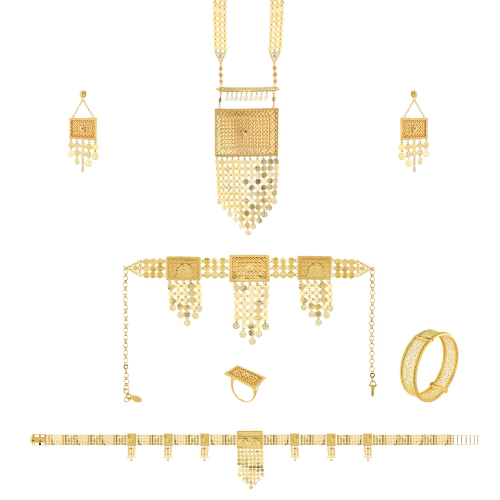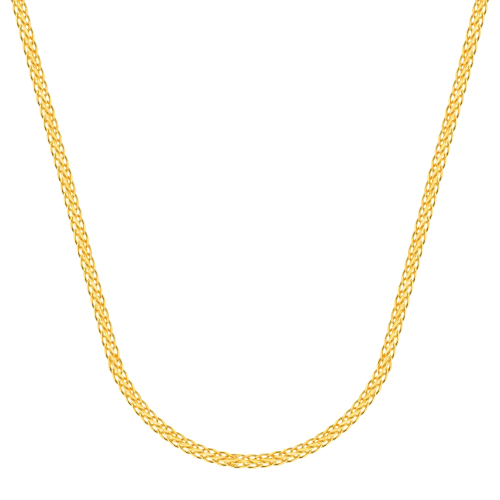Why Does Animal-Inspired Jewellery Never Go out of Style?
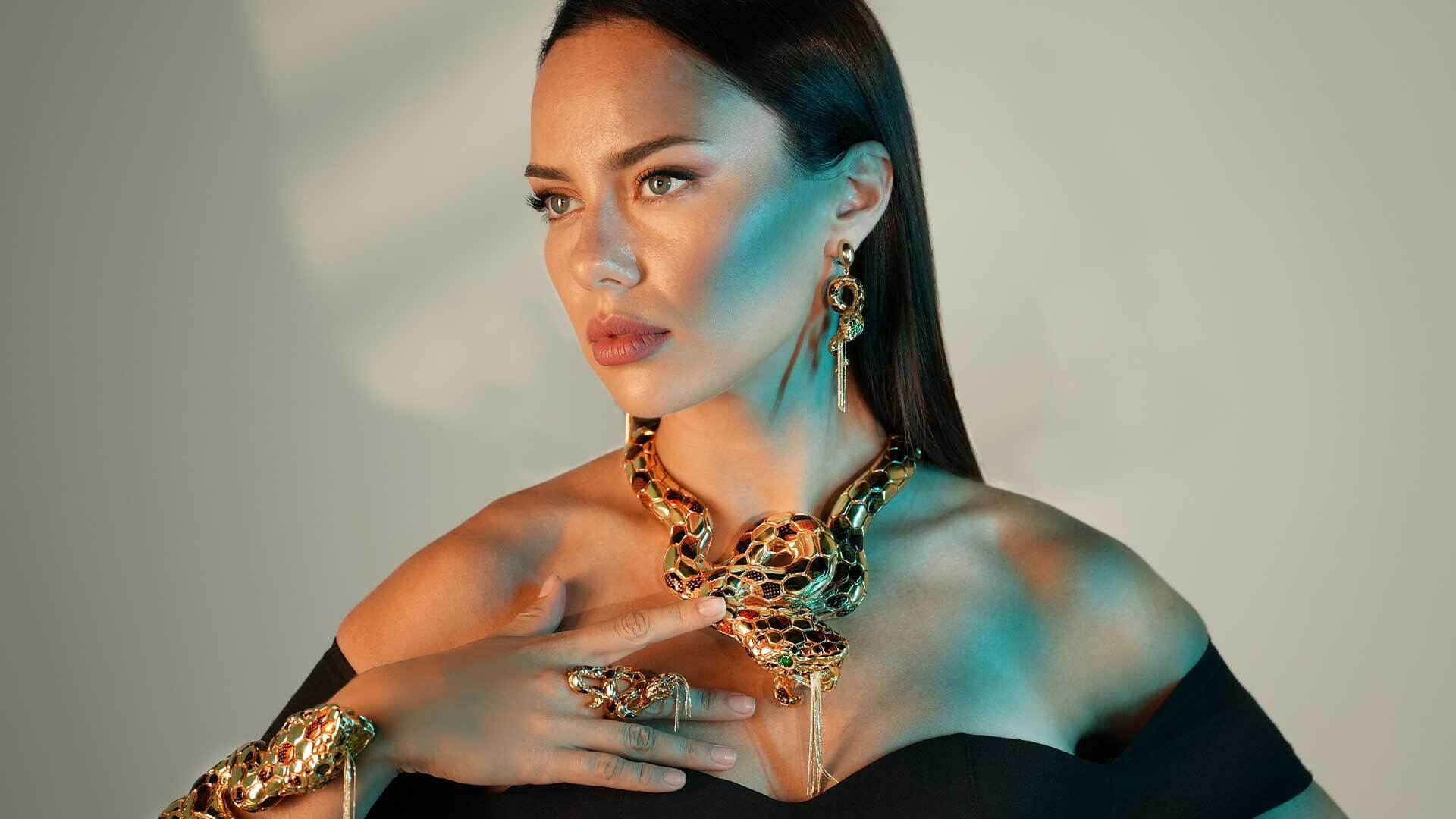
It is impossible to browse an online jewellery store or visit a gold shop without spotting an owl pendant, a pair of gold bee earrings, or a snake gold set.
These lovely animal-themed designs in fine jewellery occupy a large space in almost all the gold or even accessory shops around the world.
Have you ever wondered why?
To be able to answer this question, we need to dig deeper into this subject. Let us see when was the animal-inspired jewellery designed.
The Interesting History of Animal Representation in Jewellery
If you are a jewellery lover, it might be a known fact to you that jewellery was formed from the dawn of mankind. Since humans' relations with wilderness was strong since prehistorical ages, they presented animals in almost everything in their life. Animals back then were indications of social classes, personal traits and many other things about their wearers.
People used animal skins, feathers, leather, bones, teeth and shells to ornament their bodies even before they learned how to make clothes.
Once mankind developed a way to curve and shape animal parts to craft special designs, they started to design more artistic jewellery.
The significant jump was found during the Sumer civilization. Sumerians were the first goldsmiths and they crafted amazing jewellery. Most of their popular and important jewellery pieces were of animal figures.
Like most of the ancient civilizations, Sumerians believed that animals, due to their wilderness, strength, mysteriousness and beauty, are the best protectors and guides for the dead on their journey to the afterlife.
The discovery of the Sumer queen Pu-Abi’s tomb has shown interesting jewellery items. The most interesting pieces were three gold fish amulets studded with lapis lazuli and a jewel of two seated gazelles.
Ancient Egyptians were not different. The magnificent discovery of Tutankhamun's tomb revealed many interesting facts about jewellery in ancient times. Most of the mesmerizing gold jewellery items that were found represented animals.
Alongside the mummy of the young king, there were hundreds of several jewellery items such as pendants, diadems, necklaces, bracelets, anklets, earrings and rings in the shape of a scarab beetle, falcon, serpent, vulture and sphinx which were famous in ancient Egypt’s culture.
The scarab beetle and serpents were among the most significant animal figures used to adorn a necklace or to shape a ring in Egypt, especially for people of high ranks, such as queens and kings.
The reason might be the representation of these dangerous animals, and the beliefs surrounding them. Serpents, for example, were believed to protect their wearer from dangerous and the evil eye. Therefore, many amulets, necklaces and bracelets were shaped as the most dangerous desert serpent types.
The Egyptians, Greeks, Romans, and almost all of the ancient civilizations used animal figures as essential designs for their jewellery.
Two of the most popular animal-inspiration jewellery items of the bronze age belong to the Minoan civilizations.
The first one, which is displayed nowadays in the British Museum, London, is called “The Master of Animals Pendant”. It is a gold pendant featuring a God holding two sea birds, probably geese, from their necks. The two birds are surrounded by two snakes.
The other piece is known as “The Bee Pendant”. This gold pendant features two bees holding a honey drop which they are trying to place inside their honeycomb.
If we scroll further in time and reach the British monarchs, we would be fascinated by the great influence animal-inspired jewellery played in the royal jewellery collection.
Various English queens wore wild animals as their jewellery such as phoenixes, falcons, etc. However, the most notable piece was the jewellery piece of Queen Elizabeth the first shown in her portrait.
The piece features a large snake studded with gemstones holding a heart shape jewel in its mouth. Queen Elizabeth chose this jewellery to wear for her portrait to show others that she had a cunning heart that can not be manipulated easily.
Animal Representation in the Current Times
Nowadays, it may be true that women adore wearing a pair of cat gold earrings, or a pendant of their favourite pet, let’s say a dog or a fish.
It is a reality that people tend to have pet-inspired necklaces, or rings, especially for their daily use, but the wild animal representation in jewellery is still strong and features more lavish jewellery.
The reason is the charm effect of a tiger gold set or a crocodile necklace on an overall outfit. Even though, people may not think consciously about how these wild animals represent strength, wisdom, prosperity, fertility and new life. The above was the main symbolism of wild animals in a jewellery piece.
For some, nowadays, a snake ring may still show the ability to adjust to new circumstances and to become stronger over time, from the fact that snakes change their skin from time to time.
So, what are the symbolism of some animals in jewellery?
- Serpent and scorpions
As we mentioned above, snakes or serpents, being dangerous reflect strength. They also represent new life which is why they were among the jewellery buried with the dead in ancient times.
Scorpions are not different from snakes. The fact that these are dangerous makes them a symbol of strength and protection from evil.
- Wild Birds
Falcons, phoenixes, and eagles among many others represent the freedom and the connection between heaven and the human world.
- Frogs & Fish
Because fish and frogs lay a huge number of eggs, these two animals represent fertility. In the Mediterranean and North African old civilisations, fish ornaments such as pendants, or frog charms were among the bridal jewellery collection.
At Al Romaizan Gold & Jewellery online store, we dedicated a wide collection of beautifully designed jewellery inspired by the innate beauty of nature. To browse our animal-inspired jewellery collection, please click here.
